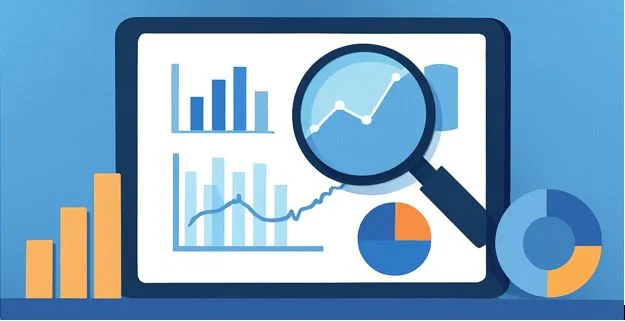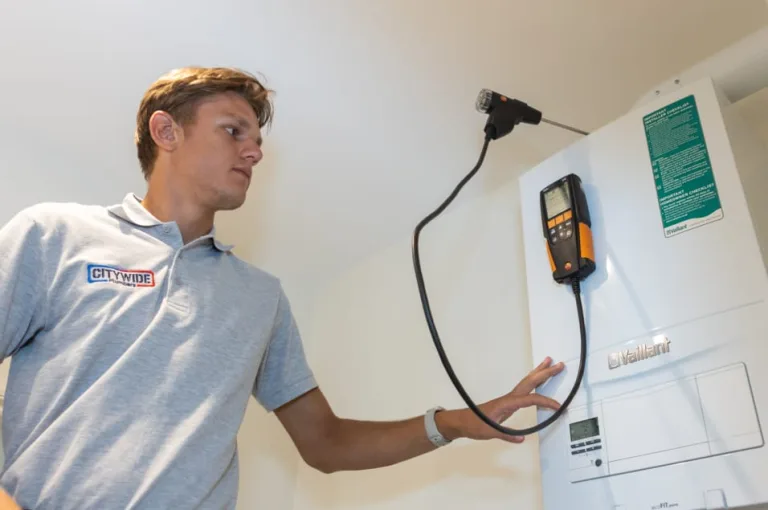The Future of Paid Media Marketing: Automation, AI, and What’s Next
Paid digital media marketing is always changing. It’s a busy space where new ways to reach customers pop up all the time. Marketers feel the heat to show real value and get good returns on their spending. The competition grows tougher every day. Finding what works best for your brand means staying alert and trying new things.
This article explores how automation, artificial intelligence (AI), and other new tech are shaping the path for paid digital media. We will look at how these tools make ads better and open up fresh ways to connect with people. Think of these changes as big steps that will make marketing much smarter and more personal. You can also hire Paid Media Experts who focus on overseeing and improving advertising efforts on a range of internet channels to increase business traffic, engagement, and conversions.
The Rise of Automation in Paid Media
Automation is making paid media campaigns much smoother. It helps with many daily tasks, letting people focus on bigger plans. When machines handle the small stuff, marketers can think more about strategy. This frees up time that was once spent on repetitive work.
Streamlining Campaign Management with Automation Tools
Picture tools that handle your ad bids automatically, always looking for the best price. Automation does this by adjusting bids in real-time. It can also manage your budget across different platforms, making sure money goes where it gets the best results. You can set rules for when ads show up or make tiny changes based on how they perform. These tools cut down on manual mistakes and make things work faster. They make managing a campaign simple and clear.
The Impact of Automation on Ad Performance
Automation helps ads perform better, no doubt. It uses smart computer programs to pick the right people for your ads. This means your message reaches those most likely to care. It helps ads get more clicks and brings in more sales or leads. By constantly learning, these automated systems make sure your ads work harder for your money. They learn what works and keep making things better.
Actionable Tip: Leveraging Automation for Efficiency
Ready to make your campaigns more efficient? First, look at your daily work. Which tasks take up too much time? Things like adjusting bids, changing ad schedules, or moving budget around are great places to start. Next, pick tools that fit your needs. Many ad platforms have built-in automation. Other tools can help manage many campaigns at once. Start small, try one thing, and see how it helps.
AI: The Intelligence Driving Future Campaigns
AI is key to future campaigns. It helps make ads feel personal and can guess what customers might do next. This brainy tech is improving how campaigns run and how well they meet their goals. AI learns from tons of information to make smarter choices.
AI-Powered Audience Segmentation and Targeting
AI programs look at huge amounts of data to find small groups of people. It can tell who might want to buy something soon. This means ads can be sent to very specific people who are most likely to respond. Imagine showing a dog food ad only to people who just got a new puppy. AI makes this kind of super-specific targeting possible. It uses predictive analytics to see future buying actions.
Predictive Analytics and Budget Optimization with AI
AI can guess how well your ad campaigns will do. It helps find out if some of your budget is being wasted. Then, it can move money to the places where ads are working best. This helps you get the most out of every dollar you spend. AI is like a smart financial advisor for your ad budget. It can even forecast how many sales you might get from an ad before it even runs.
AI for Creative Optimization and Content Generation
AI helps make many versions of an ad. It can test different headlines, images, or calls to action to see what works best. Some AI tools can even write ad copy or create ad images based on what they’ve learned. This means you can quickly try out many ideas and find the most engaging ones. It takes the guesswork out of making great ads.
Real-World Example: A Major Social Media Platform Using AI for Ad Optimization
Think about a major social media platform. It uses AI to figure out which ads to show you. Its AI looks at your past likes, shares, and what you’ve clicked. Then, it picks ads it thinks you will find most interesting. This AI also works behind the scenes for businesses running ads. It helps them find people who are similar to their best customers. This makes their ad spending more effective and brings in better results.
The Evolution of Programmatic Advertising
Programmatic advertising is getting smarter. It uses more data and works closely with AI and automation. This means ads are bought and placed in a much more precise way. It’s moving past simple automation to very complex decision-making.
Real-Time Bidding (RTB) Advancements
Real-Time Bidding, or RTB, is getting sharper. It uses richer data to make choices about ad space. When you visit a webpage, AI quickly decides if you are the right person for an ad. Then, it places a bid for that ad space in a flash. This all happens in less than a second. These new systems use more info about you and the situation to make smarter buys.
The Role of First-Party Data in Programmatic
Your own customer data is becoming super important for programmatic ads. This “first-party data” comes straight from your customers. Things like their past buys or what they’ve clicked on your site. Using this data helps target ads better and makes them feel more personal. It is also safer for privacy because it is your own collected info.
Data Collaboration and Data Clean Rooms
Marketers are finding new ways to work together with data. They use “data clean rooms” to share insights without sharing personal customer info directly. This lets different companies pool anonymous data to find better audience groups. It helps improve ad targeting while keeping people’s privacy safe. It’s a secure way to get more out of your data.
Emerging Technologies Shaping the Future
Beyond automation and AI, some new technologies are starting to change how we think about paid digital media. These things might seem new, but they hold big chances for ads in the years to come.
The Impact of Voice Search and Conversational AI on Ads
More and more people use voice assistants to search. This means how ads are found will change. Marketers need to think about how people ask questions out loud. Ads might become part of a conversation with an AI. You might hear an ad suggestion from your smart speaker. This will change what keywords we use and how ads sound.
The Metaverse and Immersive Advertising Opportunities
Imagine a virtual world where you can meet people and explore. This “metaverse” opens up new ways for ads. Brands could have virtual stores or show ads that you can walk around and interact with. This is called immersive advertising. Think of ads that feel like part of the experience, not just pop-ups. It is a new frontier for paid media.
The Growing Importance of CTV and Connected TV Advertising
Connected TV (CTV) means ads on streaming services and smart TVs. It is a huge area for growth in paid media. Advertisers can now use data to show TV ads to very specific groups. This is much more precise than old TV ads. Your favorite show might show you ads for things you actually care about, based on your online habits. Data makes these TV ads much more powerful.
Navigating the Future: Strategies for Success
To do well in the changing world of paid digital media, marketers need clear plans. You cannot just stand still. It is about learning new skills and building strong data practices.
Investing in Skills and Talent Development
Marketers need to learn new things. Understanding data analytics, knowing how to interpret AI results, and managing automated systems are key. You will want people on your team who can work with these advanced tools. Investing in training helps your team stay sharp and ready for what’s next. It is about growing your skills for an intelligent future.
Building a Robust Data Strategy
A strong data plan is like fuel for AI and automation. You should know how to collect, manage, and look at your data. Make sure you use data ethically, always respecting people’s privacy. Good data helps AI learn better and make smarter choices for your ads. Without good data, your smart tools cannot work their best.
Fostering Collaboration Between Humans and AI
The best way forward is for humans and AI to work together. AI is great at handling endless numbers and routine tasks. People are best at big-picture thinking, being creative, and solving tough problems. Let AI do the heavy lifting with data, and you focus on the strategy. It is about a smart team where everyone plays to their strengths.
Expert Quote: Thoughts on adapting to future trends
“The future of paid media isn’t just about faster tech; it’s about smarter human decisions fueled by that tech,” explains a respected industry expert. “Marketers who embrace data fluency and strategic thinking alongside AI will truly win.”
Conclusion: Embracing the Intelligent Future of Paid Media
Automation and AI are no longer just nice-to-haves in paid media. They are a must for any business wanting to stay competitive. These tools bring many good things: campaigns run more smoothly, they perform better, and ads feel much more personal to each viewer.
You should actively learn about these changes and adapt your plans. Be ready to try new things and put these smart tools to work. The road ahead for paid digital media is full of exciting chances for those who choose to be intelligent and forward-thinking in their approach.






